Jump to:
Working from home has become the new norm, and so have garden offices. Insulated models offer an advantage, staying warm in winter and cool in summer—ideal for year-round use. But keep in mind that while insulation helps retain heat, it doesn’t generate any warmth on its own. This is where indoor heating sources come in, especially for non-insulated structures.
This quick guide provides some tips and options for heating your outdoor office. They might come in handy if winter is upon you and you still wish to work comfortably in your garden workspace.
Check Your Heating Requirements
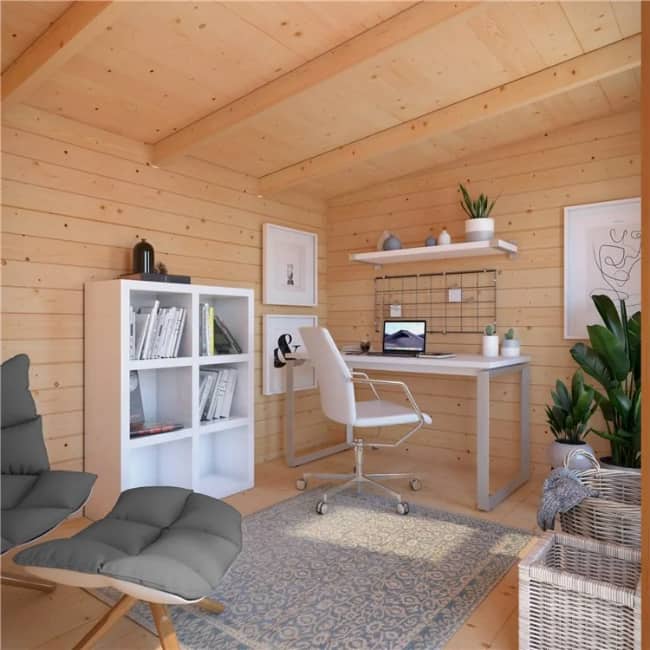
Consider your local climate to decide how intense or mild your heating source should be. Not all heaters offer the same level of warmth. Some are built for stronger heating, while others are lighter. If you’re in a colder area with frequent snowfall, you might need a more powerful heater. Milder winters and light snow may only need a gentler option.
Stronger heating sources, like wood stoves and electric and oil-filled radiators, are great options. They provide a steady, powerful temperature boost. Fan heaters, infrared panels, and portable electric stoves give adjustable heat suited for milder temperatures.
The size of your garden office is just as important. For instance, if it’s as large as the BillyOh Kent, multiple pallet stoves should work; if smaller, like the BillyOh Mia, an infrared panel will be enough.
Choose Your Heating Source
Here, we’ll break down the popular options, explaining what they are and how they work to help you find the one that suits your needs best:
Wood stoves
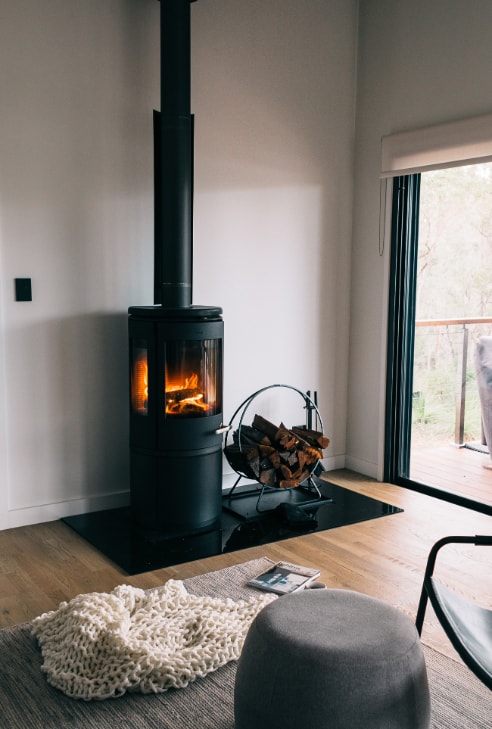
Wood-burning stoves are self-contained heating sources that produce indoor heat through wood combustion. The heat is quite powerful and can keep a bigger room warm for hours, depending on how many logs you use.
Wood stoves usually come with a chimney to vent smoke outside. Installing one in your garden room will require some serious modification work, like creating a hole for the smokestack. And, of course, you’ll need a supply of dry, seasoned wood in your log store for burning. Hardwood like oak, beech, or ash is best for a long, steady burn.
Electric and oil-filled radiators
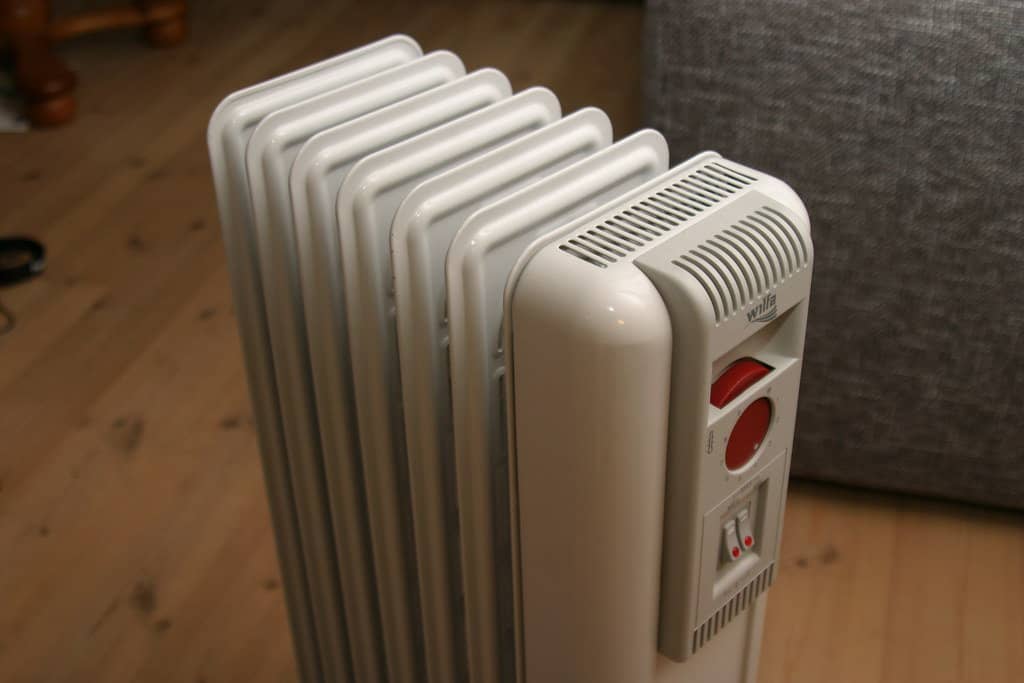
Electric radiators are standalone units with either thermal fluid or dry elements that heat up and release warmth into the air. They’re great if you need quick warmth in your office. Oil-filled radiators, in contrast, use an electrical element to heat thermal oil inside the unit. Once they’re warm, they provide steady, long-lasting heat.
Fan heaters
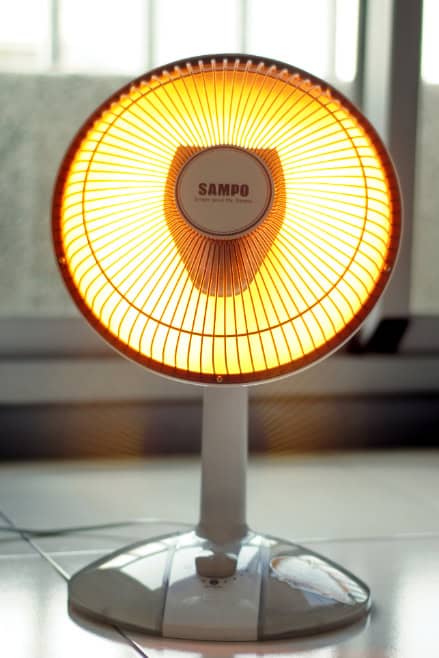
(Image Credit: Wikimedia Commons)
Fan heaters work by using a fan to blow air over a heat source. The air picks up warmth from the element and circulates it around the room. They provide gentle heat that warms up quickly and doesn’t use much energy. Fan heaters are compact, too, perfect for smaller spaces or when you only need a light heat source.
Electric stove heaters
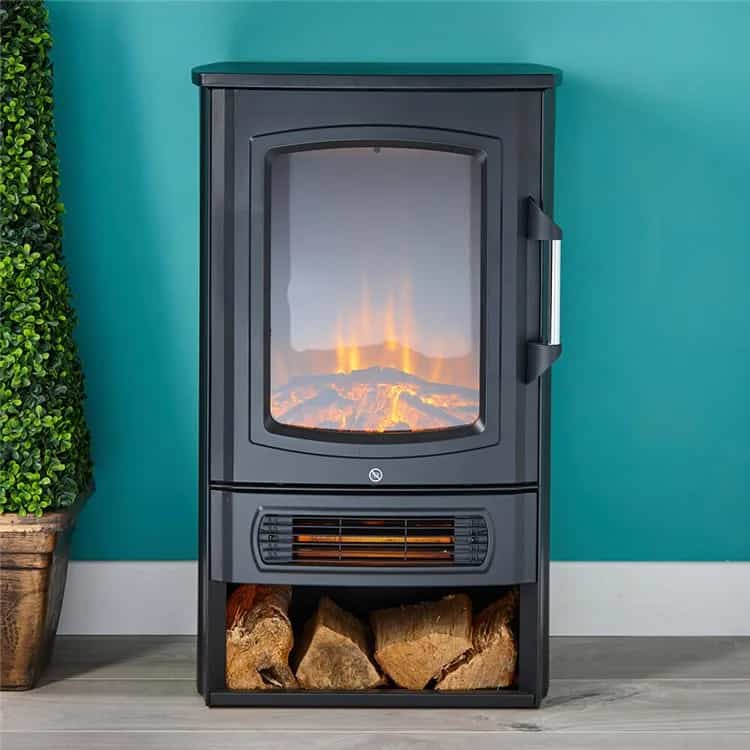
Electric stove heaters warm rooms by converting electricity into heat through resistors that emit radiant energy. Most feature modern faux log burner designs, mimicking a classic stove without the dangers of a real fire.
This electric stove heater is an excellent example. It’s designed to look like a traditional stove, with a cast-iron exterior and log fireplace LED display screen. Enjoy the warmth and glow of a log burner stove without the hassle of installation and maintenance! Plus, it creates an inviting focal point in your garden office, which can also be a cosy winter retreat.
Infrared panels
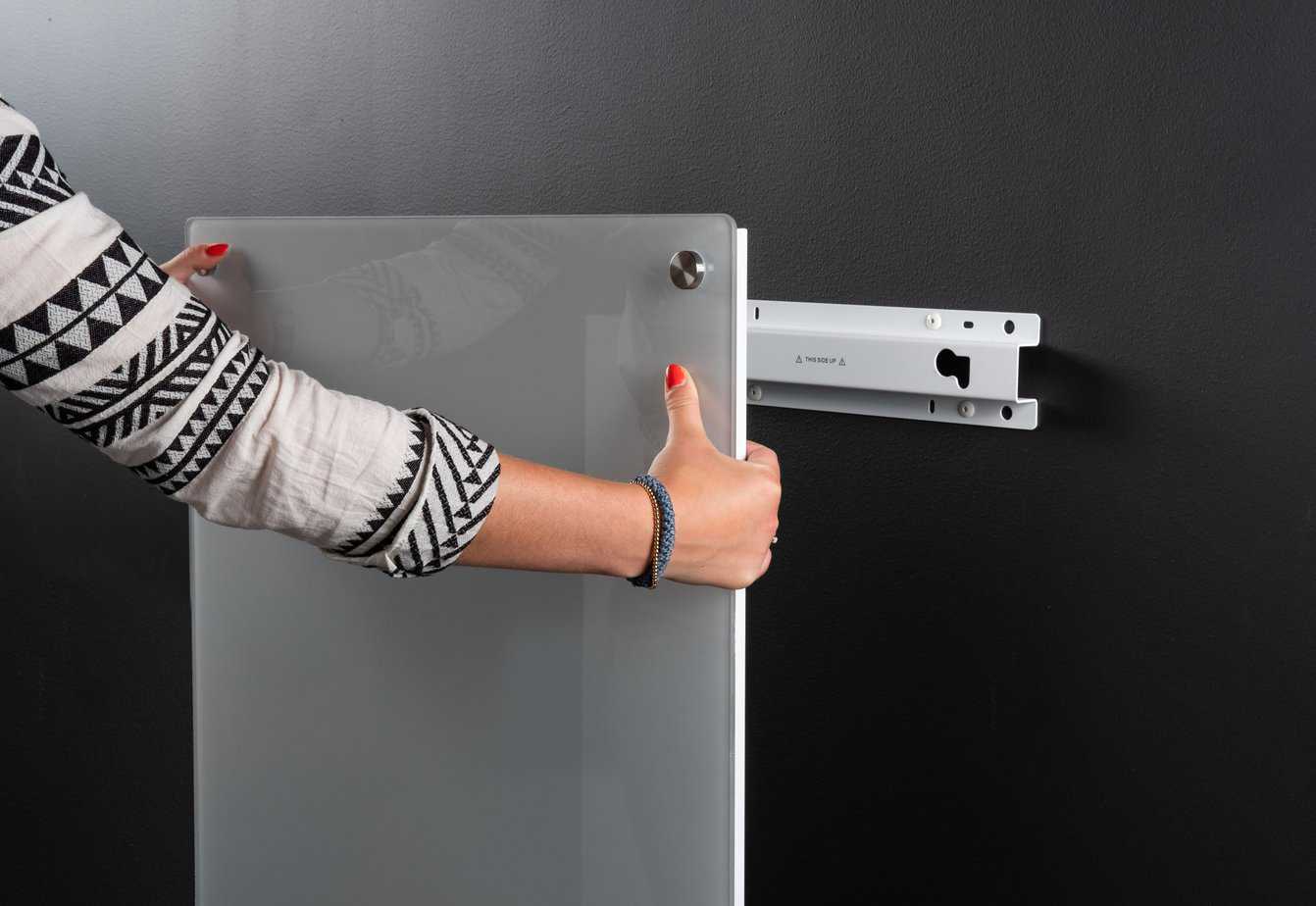
(Image Credit: Wikimedia Commons)
Infrared panels heat a room by emitting infrared rays, similar to the heat from the sun. The rays bounce around the room, warming the surfaces they hit rather than heating the air. They don’t give off any UV light, so they’re safe to use! The panel can be mounted on the wall or ceiling using a bracket and then plugged into an electrical outlet to start working.
Round-up
Your indoor heating requirements depend on your local weather and the level of warmth you need to stay comfortable while working in your garden office.
Once you’ve assessed that, you can start looking for designs and units that meet your needs. The options listed above are a great starting point. Choose a central spot for your heater for even heat distribution, and avoid windows or doors where heat could escape easily.
Still shopping for a warm enough garden room? Our garden offices guide will help you choose the ideal model at the right price point for your budget.





